10. Outer Banks, North Carolina
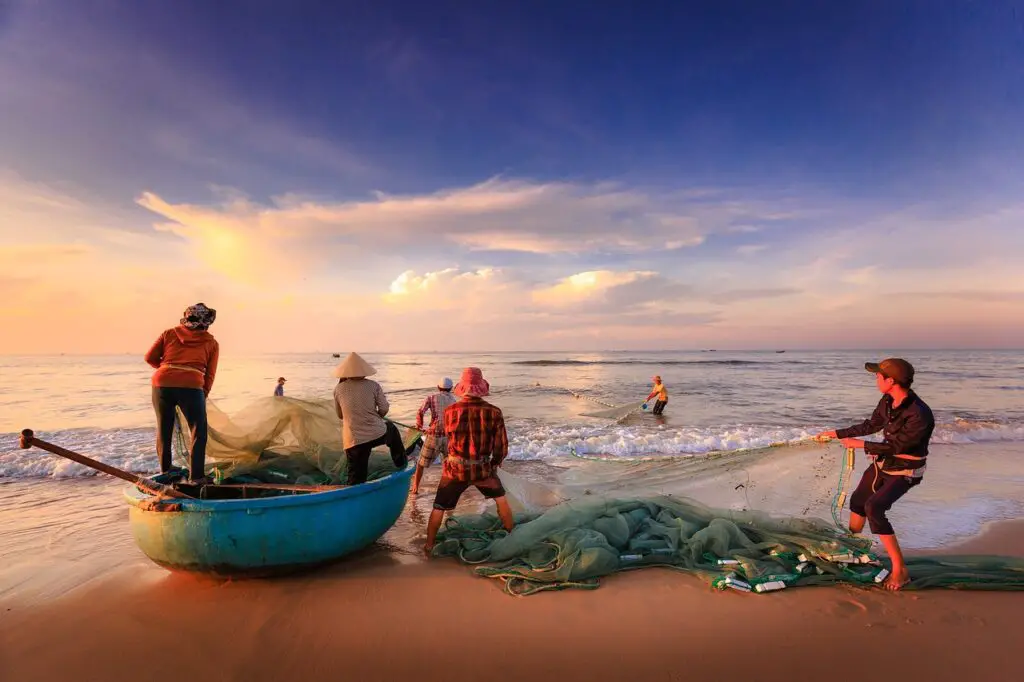
The Outer Banks is a fishing haven that offers both surf fishing and deep-sea adventures in the Atlantic Ocean. This chain of barrier islands provides access to a diverse range of fish, including red drum, bluefish, Spanish mackerel, speckled trout, and even larger species like tuna and marlin offshore. Whether you’re casting a line from one of its famous piers, chartering a boat for deep-sea fishing, or simply fishing right off the beach, the opportunities are endless.
The best seasons for fishing here are fall and spring, when fish migrate in huge numbers along the coast. As highlighted by FishingBooker, the famous annual red drum migration attracts anglers from all over the country, with some of the largest specimens recorded in these waters. The combination of incredible fishing, beautiful coastal scenery, and a strong fishing culture makes the Outer Banks one of the best places to fish in the U.S.
9. Islamorada, Florida
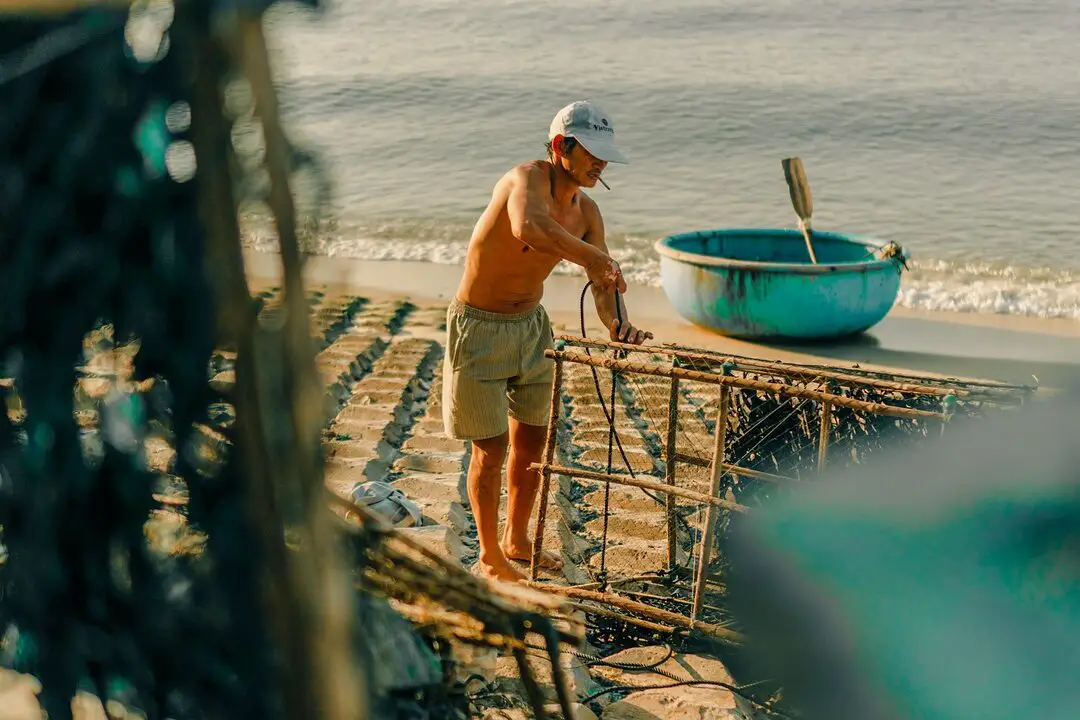
Located in the heart of the Florida Keys, Islamorada has earned the title of “Sportfishing Capital of the World” for a reason. It offers some of the most diverse fishing in the country, with access to inshore flats, coral reefs, and deep-sea fishing grounds. According to Islamorada Fishing, anglers can target tarpon, bonefish, permit, snook, and redfish in the shallow waters, while offshore fishing yields sailfish, mahi-mahi, wahoo, and even marlin.
The warm tropical climate makes fishing possible year-round, and Islamorada is home to some of the best fishing charters and guides in the country. Whether you’re a beginner looking to catch your first fish or a seasoned angler chasing a trophy catch, this spot offers something for everyone. The turquoise waters, abundant marine life, and laid-back island vibe make Islamorada a dream destination for any fishing enthusiast.
8. Lake of the Woods, Minnesota
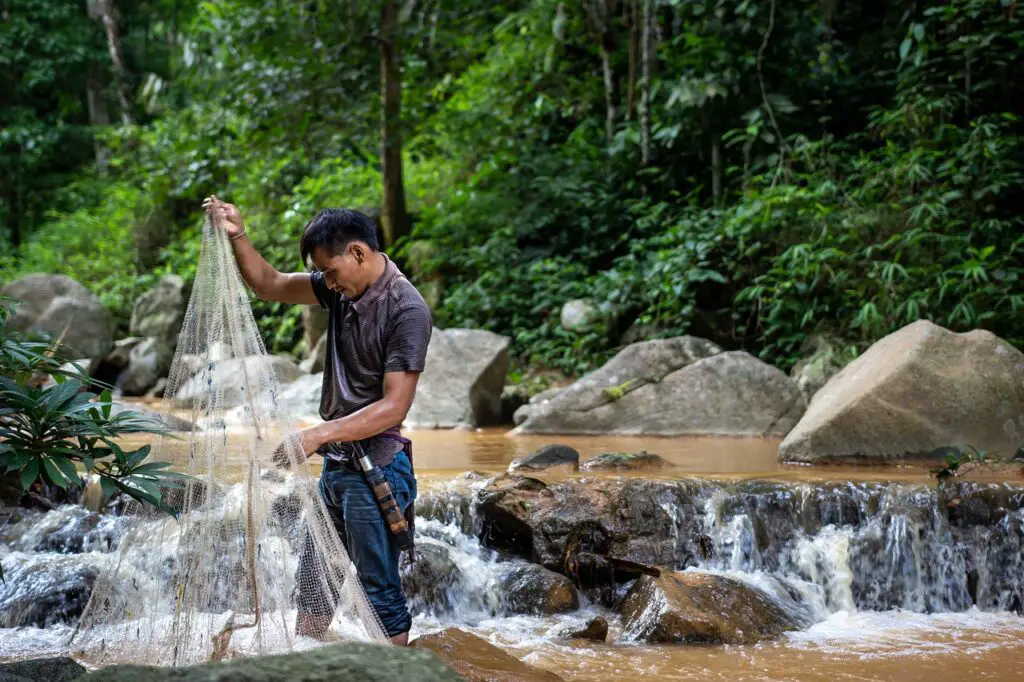
Lake of the Woods is a massive freshwater lake that spans Minnesota and Canada, offering some of the best walleye fishing in North America. According to Totem Resorts, with over 14,500 islands and an endless shoreline, this lake provides anglers with a unique fishing experience. The waters are also home to northern pike, perch, crappie, muskie, and sauger, making it a top destination for multi-species fishing.
What sets this lake apart is its year-round fishing potential. In the summer, anglers can explore the vast open waters, while winter turns the lake into an ice-fishing paradise. Heated ice houses are set up across the frozen lake, allowing anglers to comfortably fish for walleye and jumbo perch even in subzero temperatures. With its remote location, stunning natural beauty, and thriving fish populations, Lake of the Woods is a true angler’s paradise.
7. Chesapeake Bay, Maryland, Virginia
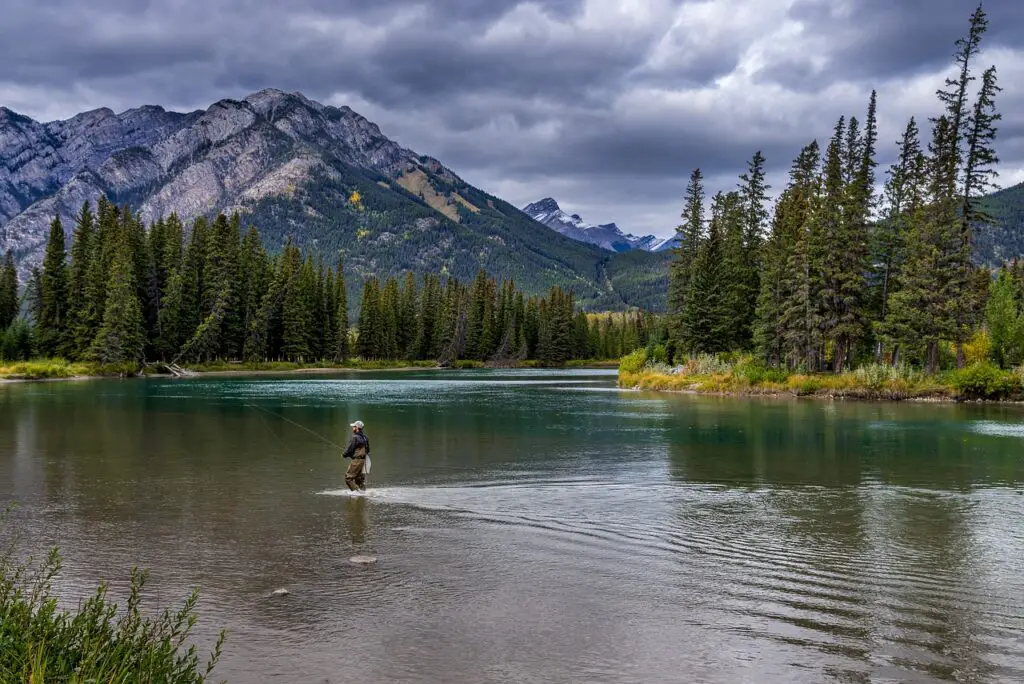
The Chesapeake Bay is one of the most important estuaries in the United States, and it is home to an incredible variety of fish species. The most famous catch here is the striped bass, locally known as rockfish, which attracts thousands of anglers each year. In addition to striped bass, the bay is also home to bluefish, speckled trout, red drum, flounder, and croaker, making it one of the best saltwater fishing destinations in the country.
One of the best things about fishing in the Chesapeake Bay is its accessibility. With countless inlets, rivers, and open water areas, there are endless spots to fish, whether from a boat, a pier, or the shore. Recent conservation efforts have helped improve fish populations, and fishing regulations ensure that future generations can continue to enjoy this world-class fishing destination.
6. Columbia River, Oregon/Washington
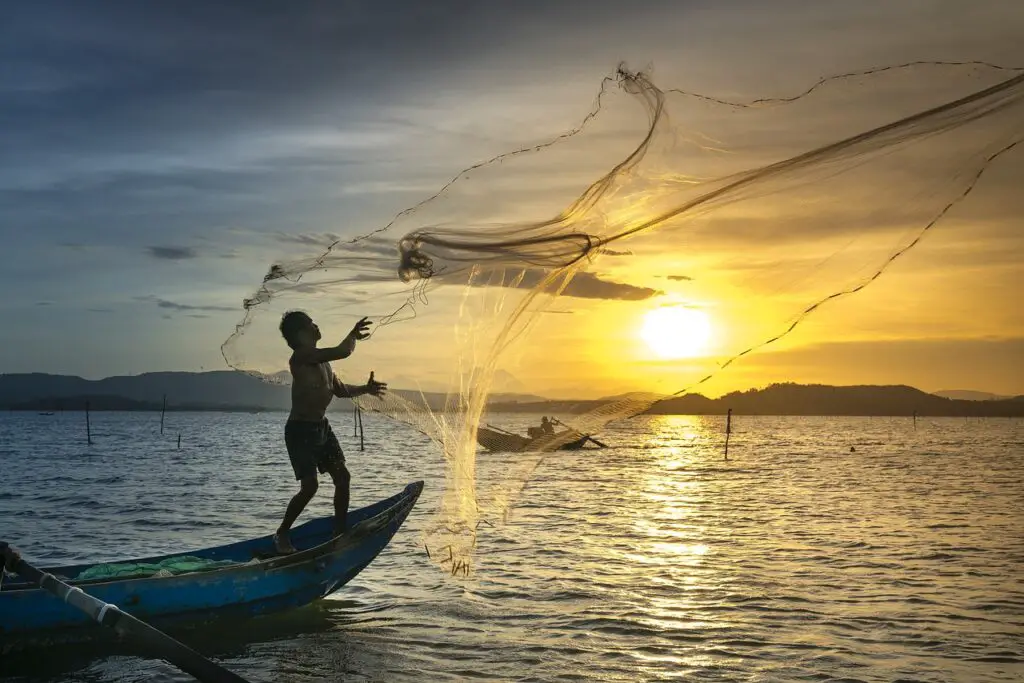
The Columbia River is legendary among anglers for its world-class salmon and steelhead runs. Every year, Chinook, coho, and sockeye salmon migrate up the river, providing incredible fishing opportunities. The river is also home to white sturgeon, some of which grow to massive sizes, offering a true test of an angler’s skill and strength.
The best time to fish for salmon on the Columbia River is during the fall, when thousands of fish move upstream. The breathtaking scenery of the Pacific Northwest, combined with the sheer abundance of fish, makes this river a must-visit for any serious angler. With excellent fishing spots stretching from the mouth of the river to deep into the interior, it’s one of the most productive and beautiful fishing destinations in the country.
5. Devils Lake, North Dakota
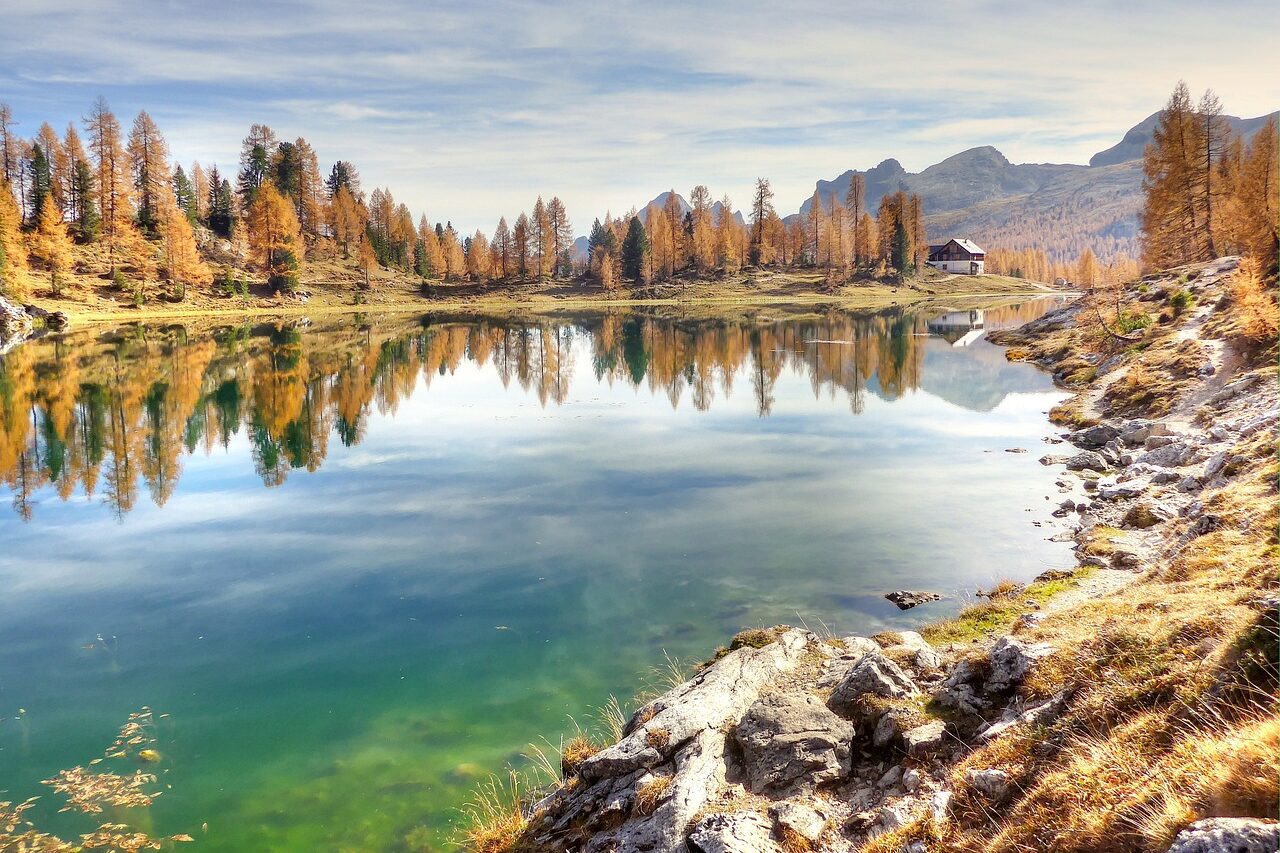
Devils Lake is one of the best places in the U.S. to catch walleye, perch, and northern pike. Known for its crystal-clear waters and unspoiled surroundings, this lake provides a remote and peaceful fishing experience, free from the massive crowds that plague other popular fishing destinations.
The fishing is excellent year-round, but Devils Lake is particularly famous for ice fishing. During the winter months, anglers from across the country visit to fish through the thick ice for giant walleye and aggressive northern pike. The lake’s fluctuating water levels create unique fishing conditions, keeping things exciting for even the most experienced anglers.
4. Kenai River, Alaska
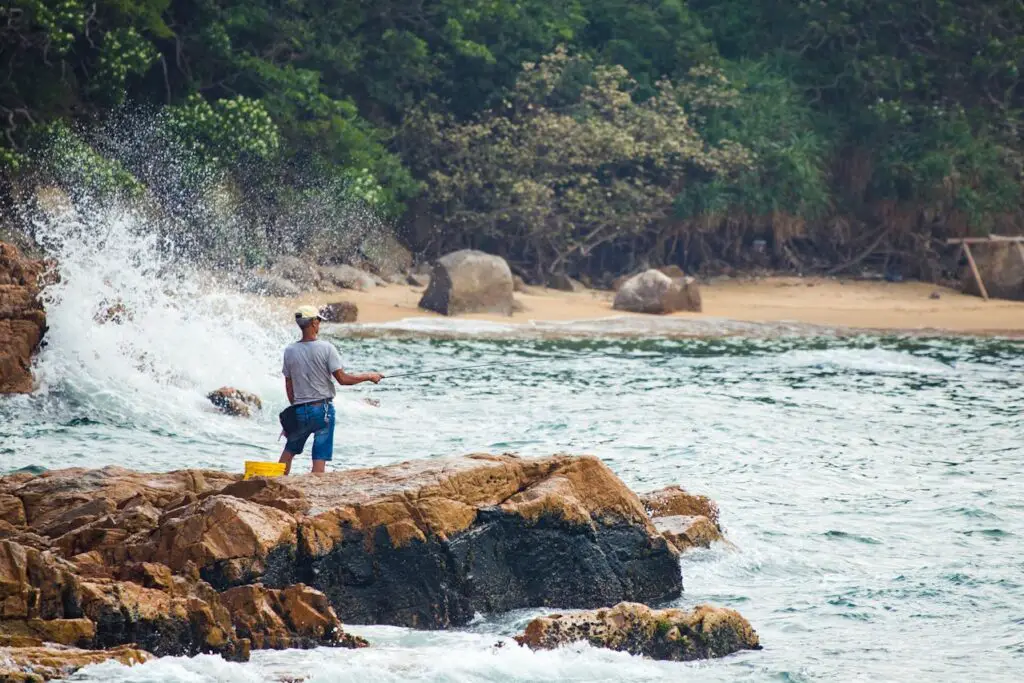
The Kenai River in Alaska is a dream destination for any angler looking to catch a record-breaking king salmon. The river holds the world record for the largest king salmon ever caught—an incredible 97-pound giant. Every summer, thousands of salmon migrate up the river, creating one of the most exciting fishing spectacles in the world.
In addition to king salmon, anglers can catch sockeye salmon, silver salmon, and rainbow trout in the Kenai River. The backdrop of towering mountains, pristine wilderness, and glacial waters makes this a bucket-list fishing spot. Whether fishing from a boat or the riverbanks, the Kenai offers an unforgettable fishing experience in one of the most beautiful locations on Earth.
3. Bighorn River, Montana
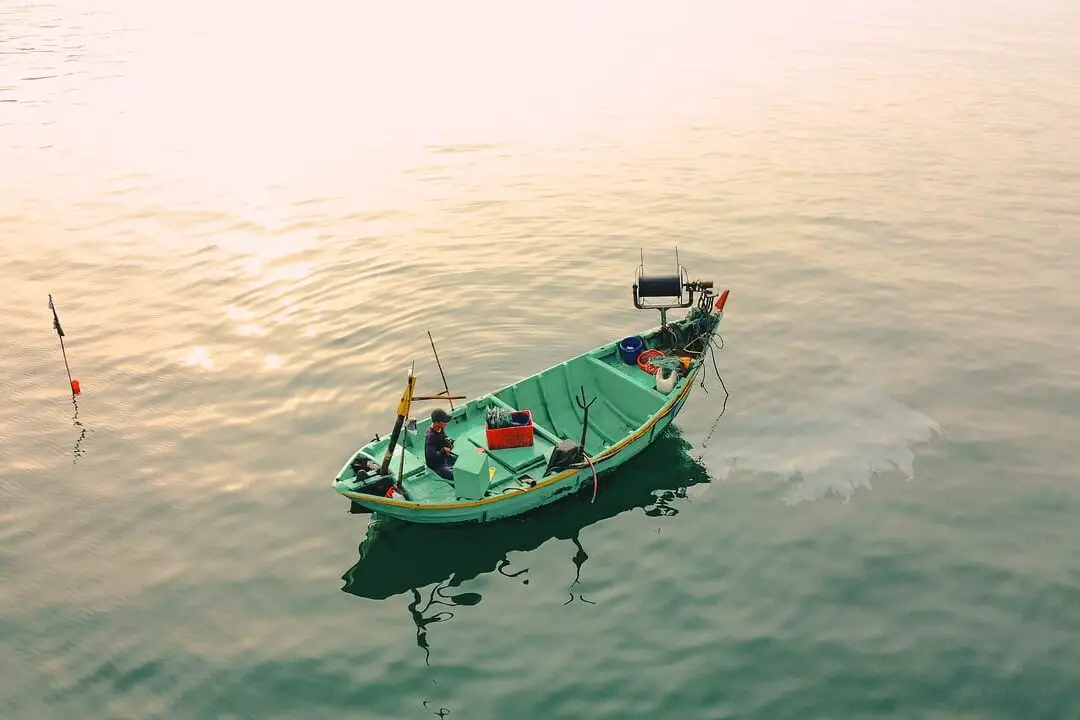
The Bighorn River in Montana is a world-class destination for fly fishing, especially for trout enthusiasts. The river is home to an incredibly high density of wild brown and rainbow trout, with some areas holding as many as 5,000 fish per mile. Thanks to cold, clear waters and a steady supply of aquatic insects, the trout here grow fast and fight hard, making every catch an exciting challenge.
Fishing on the Bighorn River is a serene experience, with stunning views of rolling hills, towering cliffs, and Montana’s expansive sky. The river’s controlled water flow ensures excellent fishing conditions year-round, but the best time to visit is spring through fall, when trout are most active. Whether you’re wading in the shallows or floating down the river on a drift boat, the Bighorn offers an unmatched fly-fishing experience that keeps anglers coming back year after year.
2. Lake Guntersville, Alabama
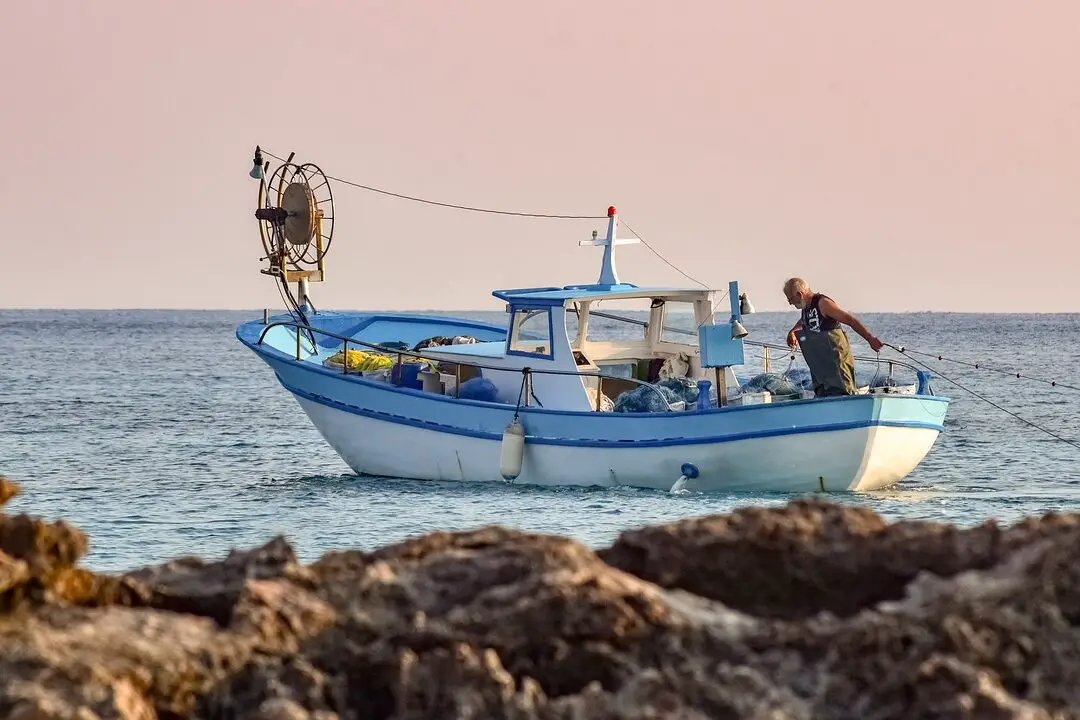
Lake Guntersville is a legendary destination for bass fishing, attracting professional and amateur anglers alike. Covering 69,000 acres, it is Alabama’s largest lake and one of the top locations in the U.S. for catching trophy-sized largemouth bass. The lake is full of aquatic vegetation, submerged timber, and rocky structures, creating the perfect habitat for bass to thrive.
Spring and fall are the best seasons for fishing here, with big bass actively feeding near shallow waters. The lake regularly hosts major bass fishing tournaments, and its healthy fish population ensures that even casual anglers have a good chance of landing a monster. Beyond bass, Lake Guntersville also has excellent fishing for crappie, catfish, and bluegill, making it a well-rounded destination for any fishing trip.
1. Bristol Bay, Alaska
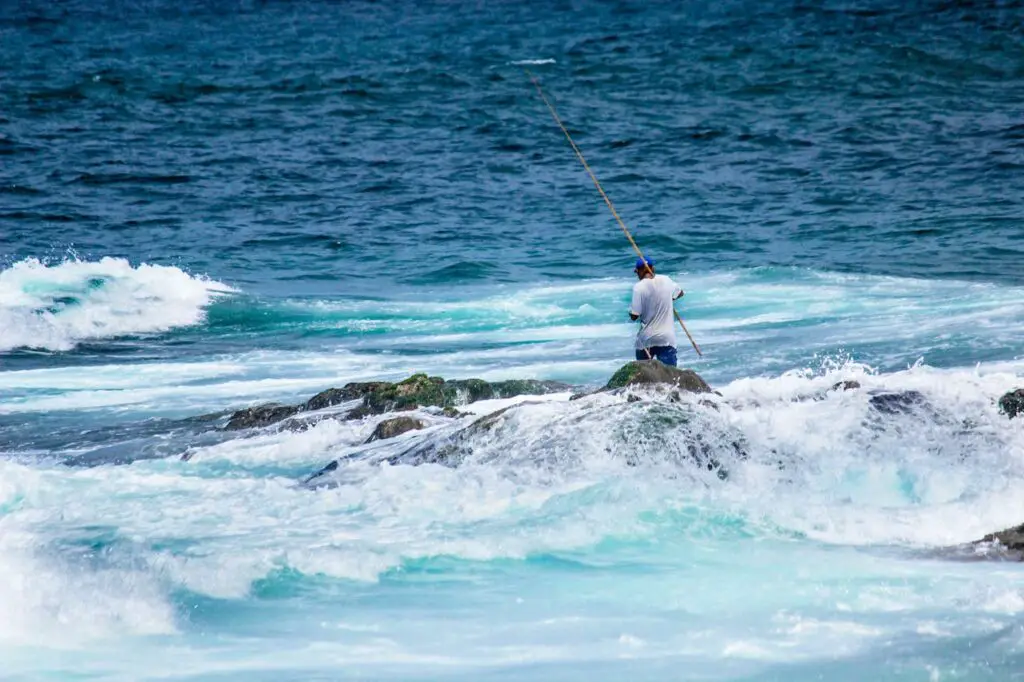
Bristol Bay is hands down the best fishing spot in the United States, offering some of the most untouched and productive waters in the world. Located in the remote wilderness of Alaska, Bristol Bay is home to the largest wild salmon run on Earth. Every summer, millions of Sockeye, King, and Coho salmon return to these waters, providing anglers with an unparalleled fishing experience.
The region is also famous for massive rainbow trout, Arctic char, and grayling, making it a dream location for fly-fishing enthusiasts. Because of its remote location and strict conservation efforts, Bristol Bay remains one of the last truly unspoiled fisheries in the world. The breathtaking scenery, abundance of wildlife, and world-class fishing make it a once-in-a-lifetime experience for any serious angler.
10 Most Overfished and Overcrowded
10. Lake Okeechobee, Florida
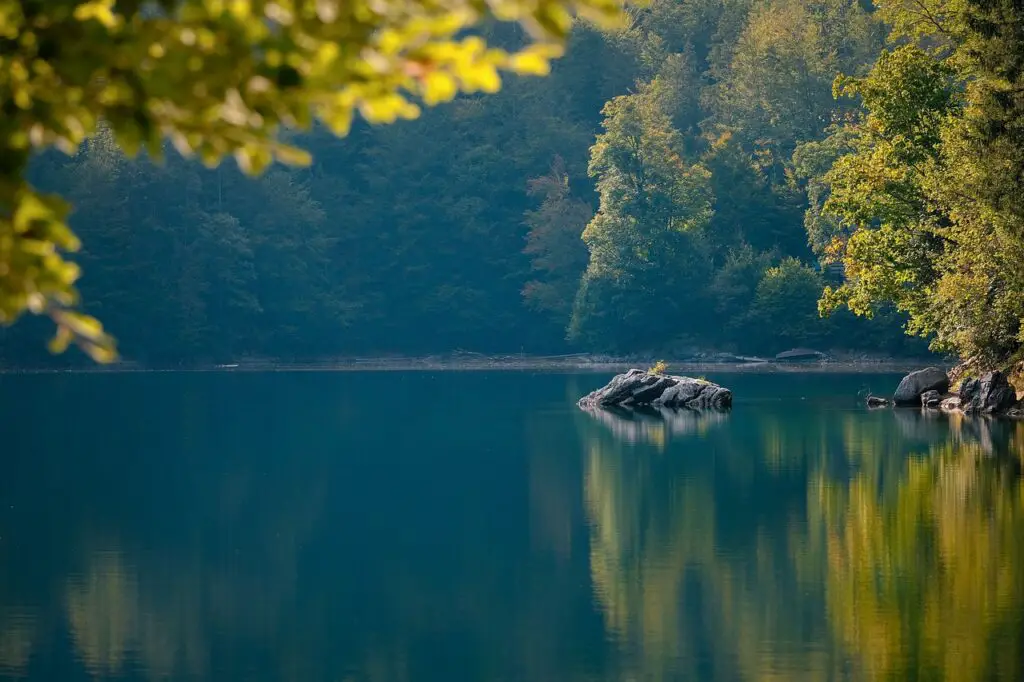
Lake Okeechobee was once considered one of the best bass fishing lakes in the U.S., but in recent years, it has been plagued by pollution, algae blooms, and declining fish populations. According to the Florida Fish and Wildlife Conservation Commission, runoff from agriculture has led to poor water quality, and overfishing has put additional strain on the ecosystem.
Although some bass tournaments still take place here, the fishing quality is not what it used to be. Many anglers now find it overcrowded, with fewer trophy-sized fish being caught. Without major conservation efforts, this once-great lake may continue to decline.
9. Colorado River, Arizona/Nevada
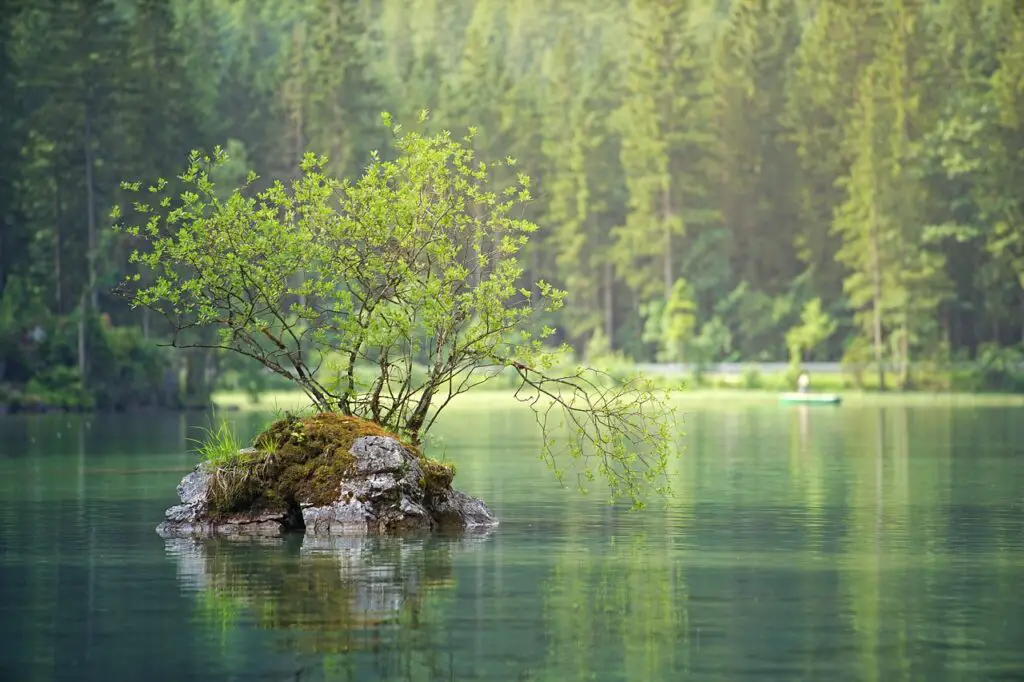
The Colorado River, particularly around Lake Mead and Lake Havasu, used to be a prime fishing location for striped bass, catfish, and largemouth bass. According to the Nevada Department of Wildlife (NDOW), extreme drought conditions and overuse have led to lower water levels and declining fish populations.
The area is also extremely crowded, especially during peak seasons when recreational boaters, jet skiers, and swimmers make fishing frustrating. The combination of environmental stress and heavy human activity has diminished what was once an excellent fishing destination.
8. Mississippi River, Multiple States
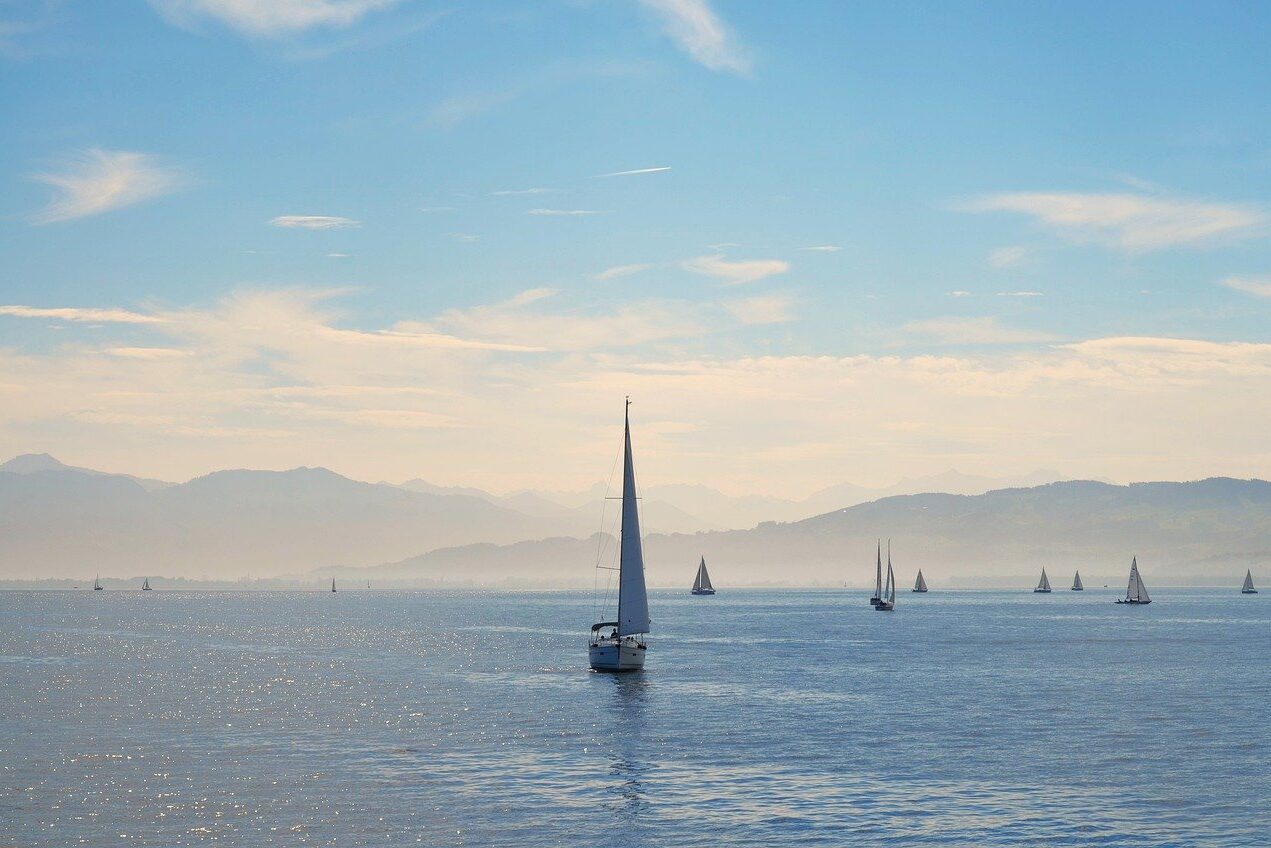
Stretching across several states, the Mississippi River has long been a popular fishing location, but years of industrial pollution and overfishing have taken a toll. Commercial fishing has significantly reduced populations of catfish and paddlefish, while agricultural runoff has led to poor water quality.
While there are still some good fishing spots along the river, the overall experience has declined. Many areas are overcrowded, and fish populations have been negatively impacted by environmental degradation.
Click here for more stories like this
7. Lake Champlain, New York/Vermont
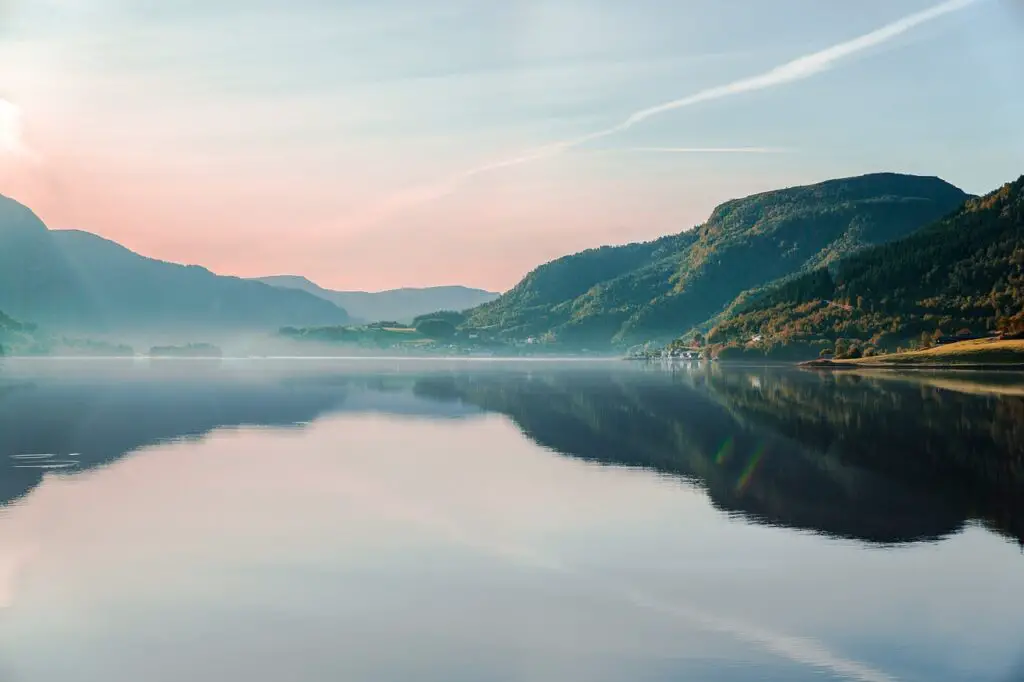
Lake Champlain was once a hidden gem for bass, trout, and northern pike fishing, but its rising popularity has made it one of the most crowded fishing destinations in the Northeast. Competitive bass tournaments have increased fishing pressure, and shoreline development has disrupted natural habitats.
Anglers who visit during peak seasons often struggle to find a quiet fishing spot, and many report that the quality of fishing has decreased over the years. The lake is still beautiful, but it’s no longer the peaceful, productive fishing destination it once was.
6. Gulf of Mexico, Multiple States
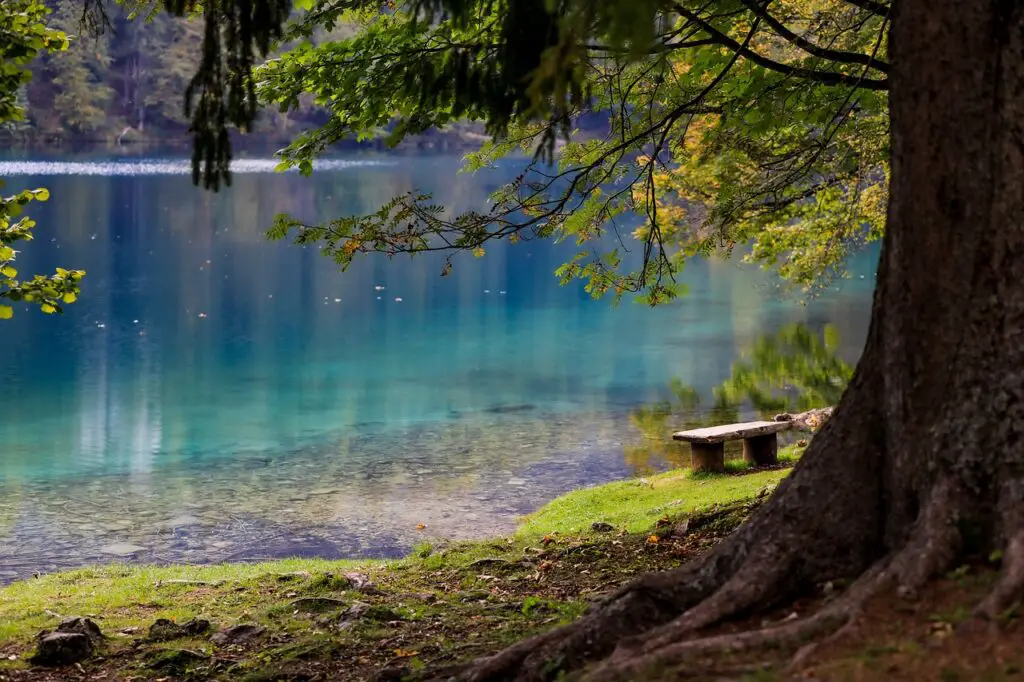
The Gulf of Mexico is one of the most important fisheries in the U.S., but decades of overfishing have led to severe declines in species like red snapper. Strict quotas have been put in place, but the demand for fish remains high, leading to illegal and unregulated fishing in some areas.
Additionally, heavy tourism in places like Destin, Florida, and Galveston, Texas, makes it difficult for recreational anglers to find good fishing spots. While the Gulf is still productive in certain areas, its reputation as a fishing paradise has suffered.
5. San Francisco Bay, California
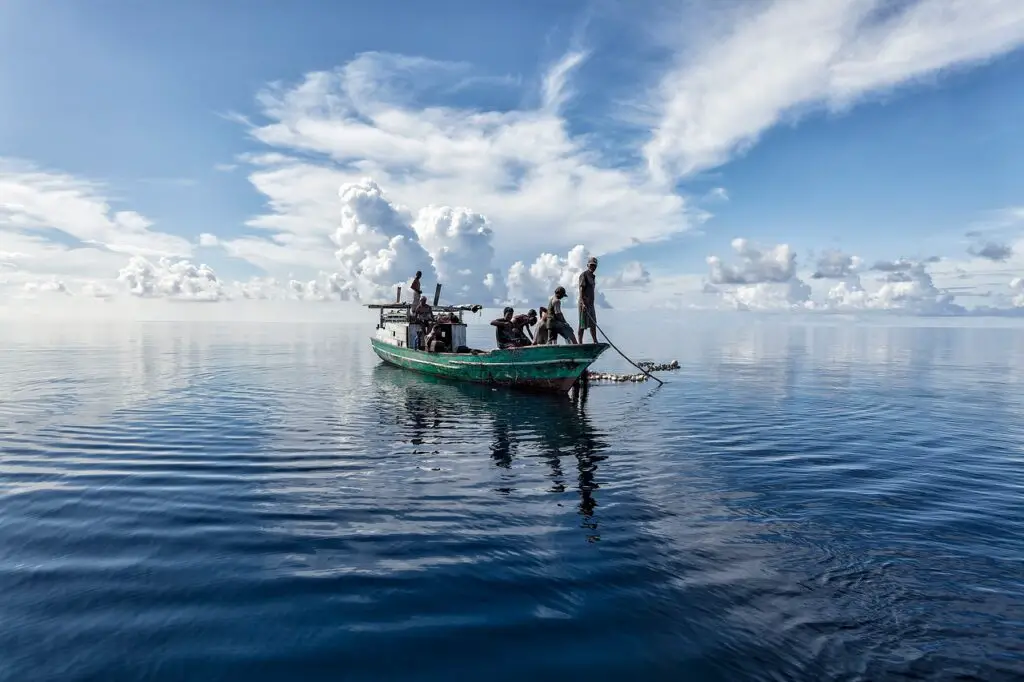
San Francisco Bay has historically been a great fishing destination, but urban development, pollution, and overfishing have negatively impacted fish populations. Striped bass, halibut, and sturgeon numbers have declined, and water quality issues have led to fish advisories in some areas.
Heavy boat traffic and increasing crowds have also made the experience less enjoyable for anglers. Conservation efforts are underway, but for now, the fishing experience in San Francisco Bay is not what it used to be.
4. Cape Cod, Massachusetts
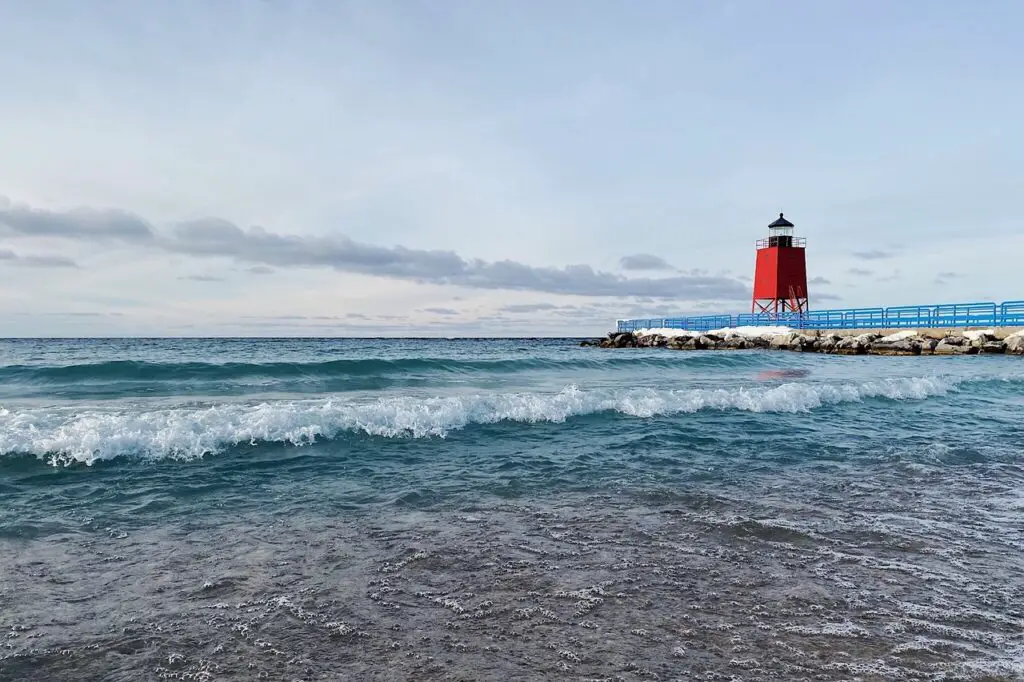
Cape Cod has long been famous for striped bass, bluefish, and tuna fishing, but its popularity has led to excessive fishing pressure. Striped bass populations have declined due to high demand, and the summer months see overwhelming numbers of boats on the water.
Many long-time anglers say that fishing in Cape Cod today is more frustrating than enjoyable, as competition for good spots is fierce and regulations have become stricter. While fish can still be caught, the experience is not as rewarding as it once was.
3. Puget Sound, Washington
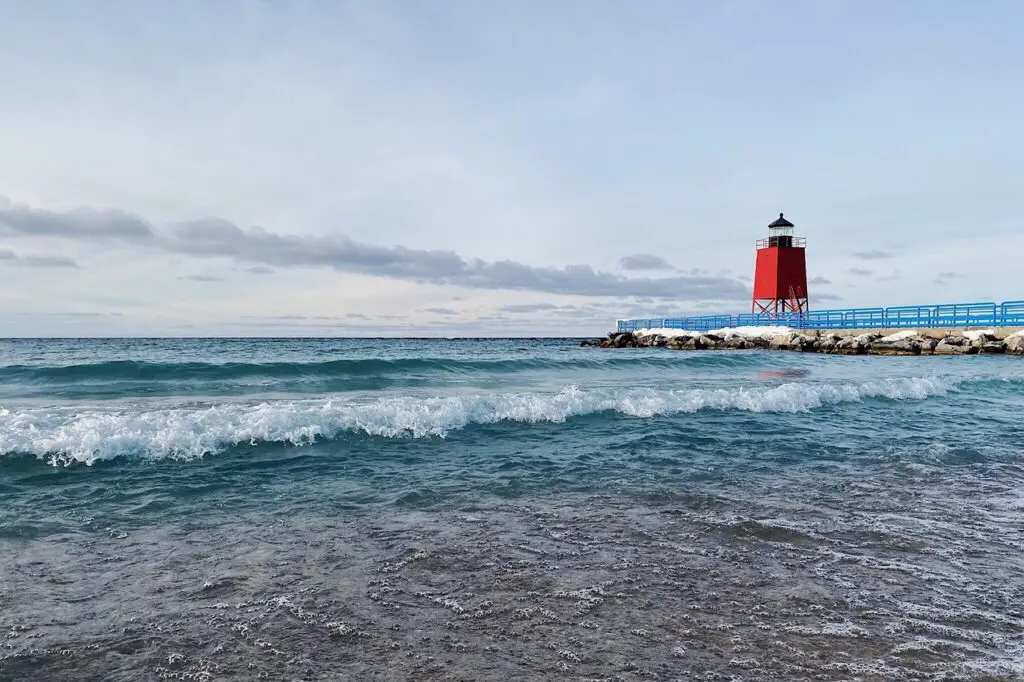
Puget Sound was once a thriving fishing ground for salmon, halibut, and Dungeness crab, but decades of overfishing, habitat destruction, and pollution have severely diminished fish populations. Chinook salmon, in particular, have seen drastic declines, which has not only hurt the fishing industry but also impacted local orca populations that rely on them for food.
Stricter regulations and conservation efforts are in place, but the damage has already been done. Many areas within Puget Sound are now restricted, and fishing opportunities are far more limited than they were in the past. The overcrowding of recreational fishermen, coupled with declining fish stocks, has made Puget Sound one of the most disappointing fishing locations in recent years.
2. Lake Erie, Ohio, Pennsylvania, and New York
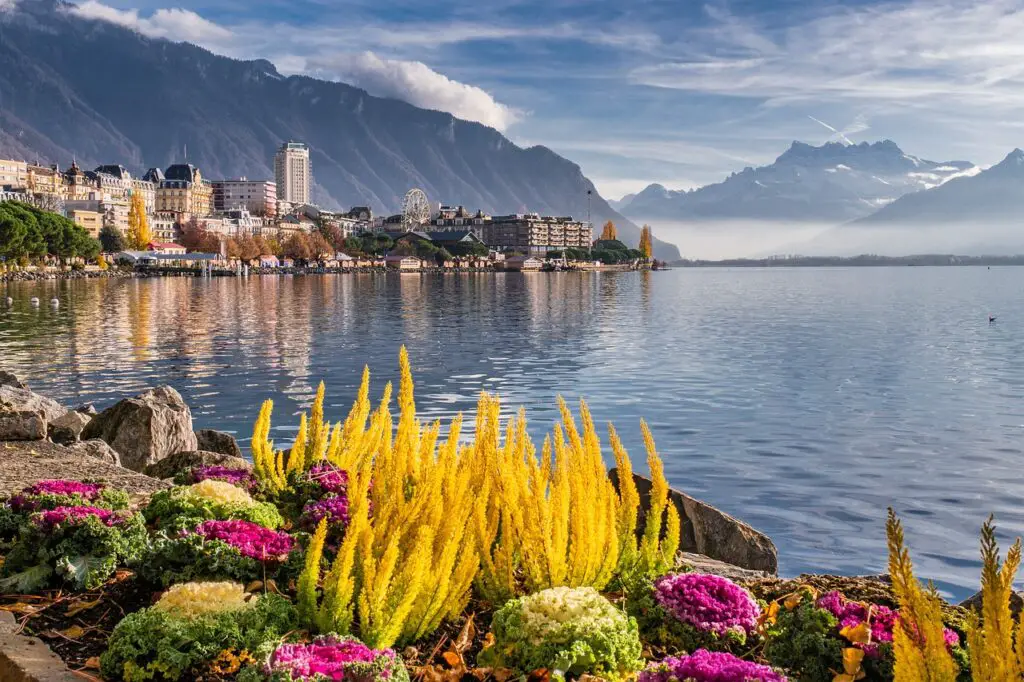
Lake Erie is known for its walleye fishing, and while the lake still holds plenty of fish, the sheer number of anglers has made it one of the most overcrowded fishing destinations in the country. Charter boats line the water during peak seasons, and many fishing spots feel more like a competition than a relaxing getaway.
In addition to overcrowding, pollution from agricultural runoff has created toxic algae blooms, which have threatened fish populations and made certain areas dangerous to fish. While fishing in Lake Erie is still possible, it is no longer the peaceful, untouched experience that it once was.
1. Florida Keys
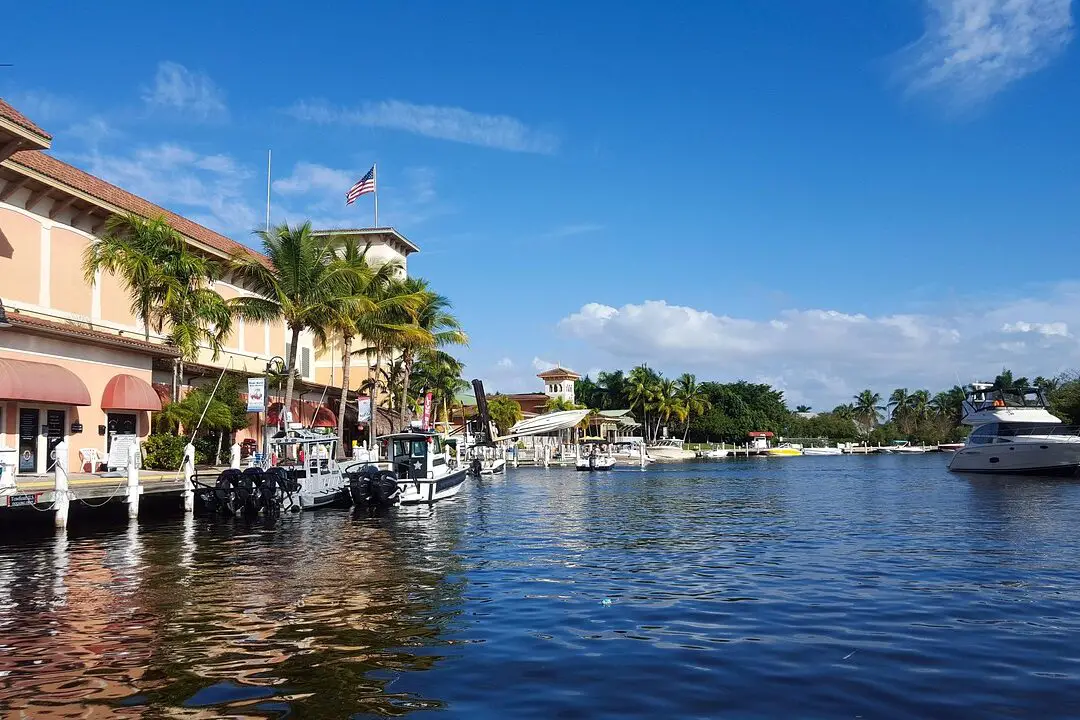
The Florida Keys, once one of the most vibrant and productive fishing destinations in the U.S., now faces serious challenges due to overfishing and overwhelming tourism. The coral reef ecosystem has suffered from climate change, pollution, and excessive fishing pressure, leading to declines in species like grouper, snapper, and tarpon.
In peak seasons, the waters are packed with boats, making it difficult to find a quiet fishing spot. Strict fishing regulations have been put in place to help struggling fish populations recover, but the experience of fishing in the Florida Keys today is far less rewarding than it was decades ago. Unless serious conservation efforts succeed, this once-great fishing destination will continue to decline.


